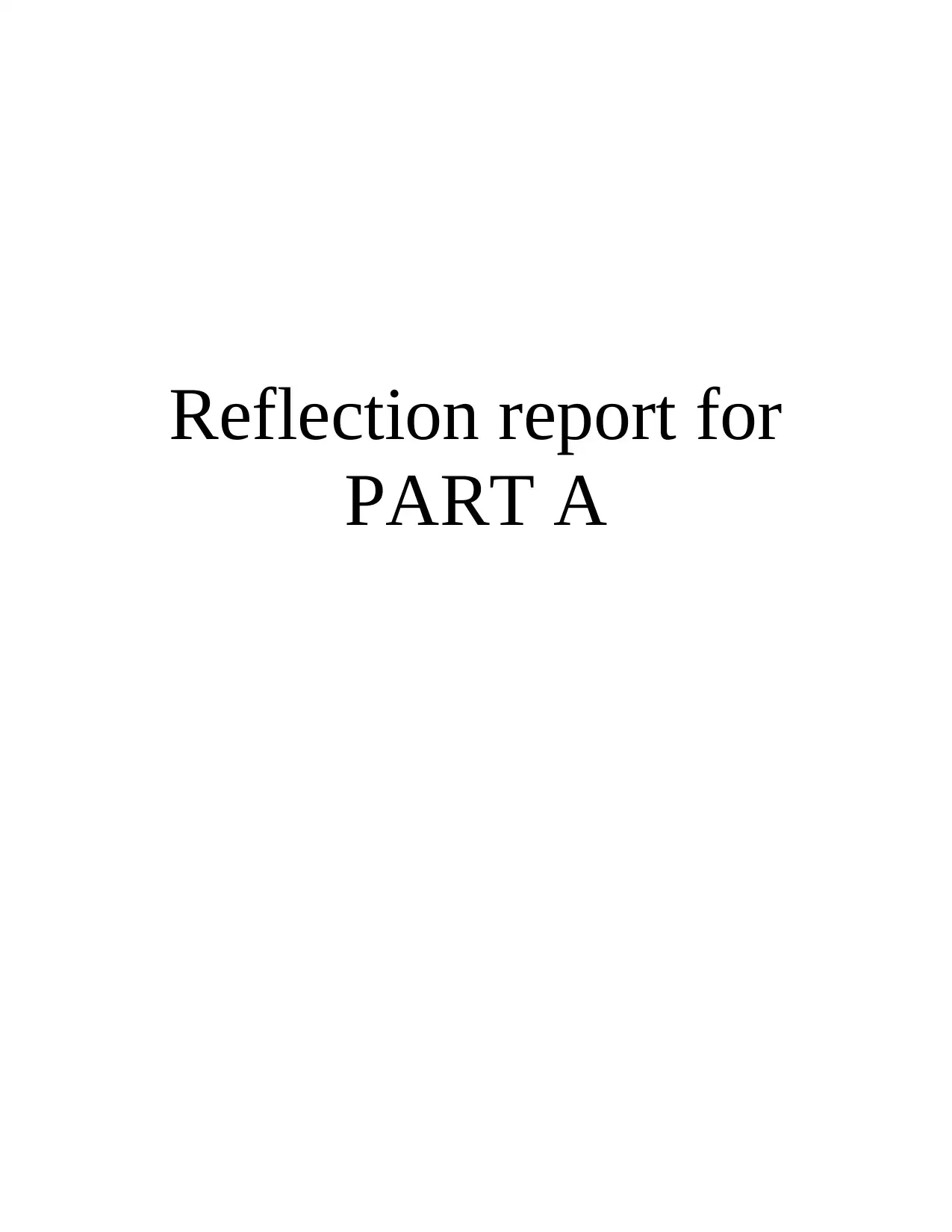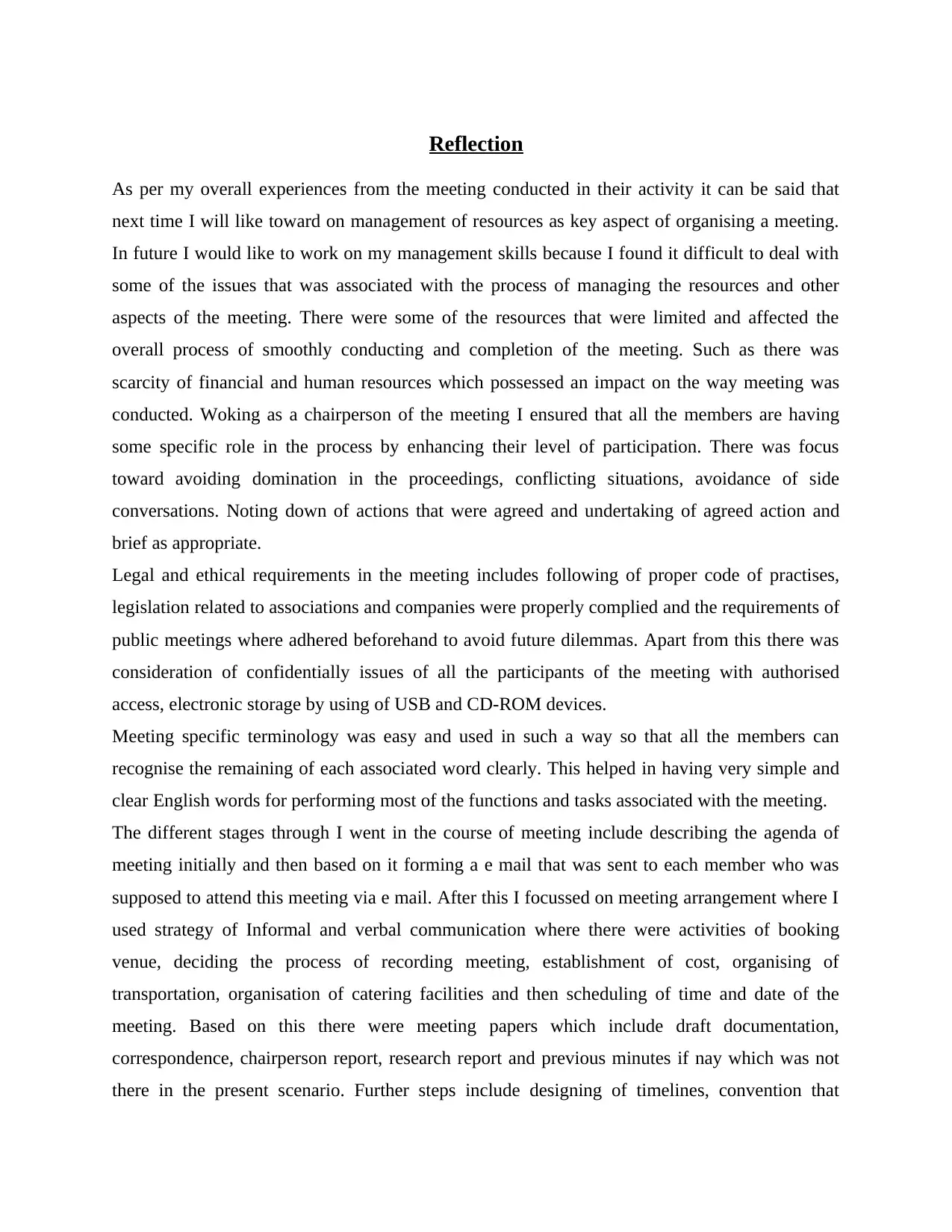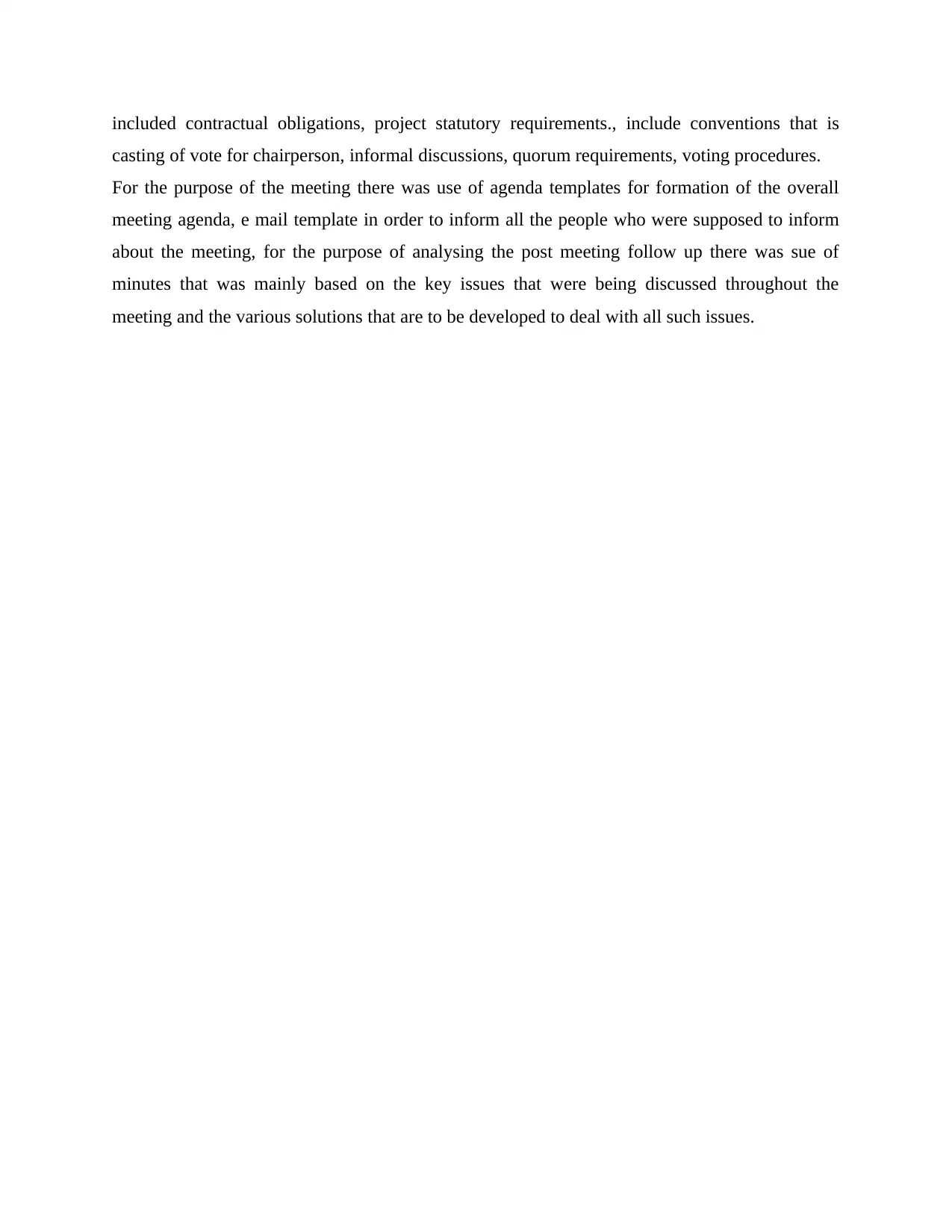Reflection Report on Managing a Meeting
VerifiedAdded on 2023/06/18
|3
|557
|431
AI Summary
This reflection report highlights the key aspects of managing a meeting, including resource management, legal and ethical requirements, meeting-specific terminology, and different stages of the meeting process.
Contribute Materials
Your contribution can guide someone’s learning journey. Share your
documents today.
1 out of 3
![[object Object]](/_next/static/media/star-bottom.7253800d.svg)








